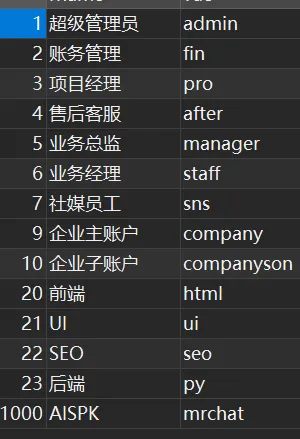
Dec . 03, 2024 15:35 Back to list
welded wire fence design
The Essential Guide to Welded Wire Fence Design
Welded wire fences are increasingly popular for various applications, including residential, agricultural, and commercial uses. Their durability, versatility, and ease of installation make them a preferred choice among many. This article explores the essential elements of welded wire fence design, while also highlighting key benefits, considerations for installation, and maintenance tips.
What is Welded Wire Fencing?
Welded wire fencing consists of metal wires that are welded together at their intersections to form a stable grid. It typically comes in rolls or panels and can be made from a variety of materials, including galvanized steel, stainless steel, or vinyl-coated wire. The spacing between the wires can vary, allowing for fences to be customized to fit different needs, whether for livestock containment, garden protection, or security.
Benefits of Welded Wire Fencing
1. Durability One of the most significant advantages of welded wire fencing is its longevity. The welded intersections provide superior strength compared to woven fences, which can sag or lose integrity over time.
2. Low Maintenance These fences are resistant to rust and corrosion, especially when galvanized or coated. This means less time and money spent on repairs and upkeep.
3. Visibility Welded wire fences offer an open and transparent solution for boundary marking, which is particularly important in residential areas. This allows for unobstructed views of the landscape while still keeping unwanted visitors out.
4. Versatility Whether you're looking to erect a fence around a garden, create a dog run, or contain livestock, welded wire fencing can be designed to suit various applications. Additionally, they can be easily modified or extended if needs change.
5. Cost-Effective Due to their long lifespan and low maintenance needs, welded wire fences are a cost-effective solution over time, making them an excellent investment for homeowners and businesses alike.
Considerations for Design
When designing a welded wire fence, several factors must be taken into account
1. Purpose Determine the primary purpose of the fence. Is it to contain animals, protect a garden, or provide security? This will influence the height and type of welded wire chosen.
welded wire fence design

2. Height and Spacing Depending on what you want to keep in or out, the height of the fence will vary. Common heights range from 3 to 6 feet for residential applications. The spacing between the wires also matters; closer spacing provides better security against smaller animals.
3. Material Choice Select the appropriate wire gauge and coating material based on the environment. Heavier gauges offer more strength but may be more expensive. Vinyl coatings can enhance durability and aesthetics.
4. Installation Location Consider the terrain and soil type where the fence will be installed. Some areas may require additional anchoring or support to ensure stability.
5. Local Regulations Before commencing any installation, check local regulations regarding fence height, materials, and placement to ensure compliance.
Installation Tips
Proper installation is crucial for maximizing the lifespan of your welded wire fence. Here are some tips
- Prepare the Site Clear the installation area of debris and vegetation. This will provide a stable base for the fence. - Post Placement Set fence posts at intervals suitable for your design, generally between 6 to 8 feet apart. Ensure they are firmly anchored in the ground. - Attach the Welded Wire Start at one end and roll out the wire, securing it to the posts with ties or clamps. Ensure that the wire is taut and level as you progress. - Reinforce Corners and Gates Pay extra attention to corners and areas where gates will be installed. Reinforcing these points with additional posts can prevent structural weakness.
Maintenance
While welded wire fences demand less upkeep, some routine checks can ensure they remain in good condition
- Inspect the fence regularly for any signs of rust or damage, especially at the welded joins. - Ensure that vegetation does not encroach upon the fence, as it can cause deterioration over time. - Tighten any loose ties to maintain proper tension in the fencing.
Conclusion
Welded wire fence design combines strength, versatility, and low maintenance, making it an excellent choice for a variety of applications. By understanding its benefits and considering key design factors, property owners can create effective, lasting boundaries that meet their specific needs. Whether for security, protection, or aesthetics, investing in a well-designed welded wire fence can yield significant long-term rewards.
-
Why a Chain Link Fence is the Right Choice
NewsJul.09,2025
-
Upgrade Your Fencing with High-Quality Coated Chicken Wire
NewsJul.09,2025
-
The Power of Fence Post Spikes
NewsJul.09,2025
-
The Best Pet Enclosures for Every Need
NewsJul.09,2025
-
Secure Your Property with Premium Barbed Wire Solutions
NewsJul.09,2025
-
Enhance Your Construction Projects with Quality Gabion Boxes
NewsJul.09,2025
Products categories











